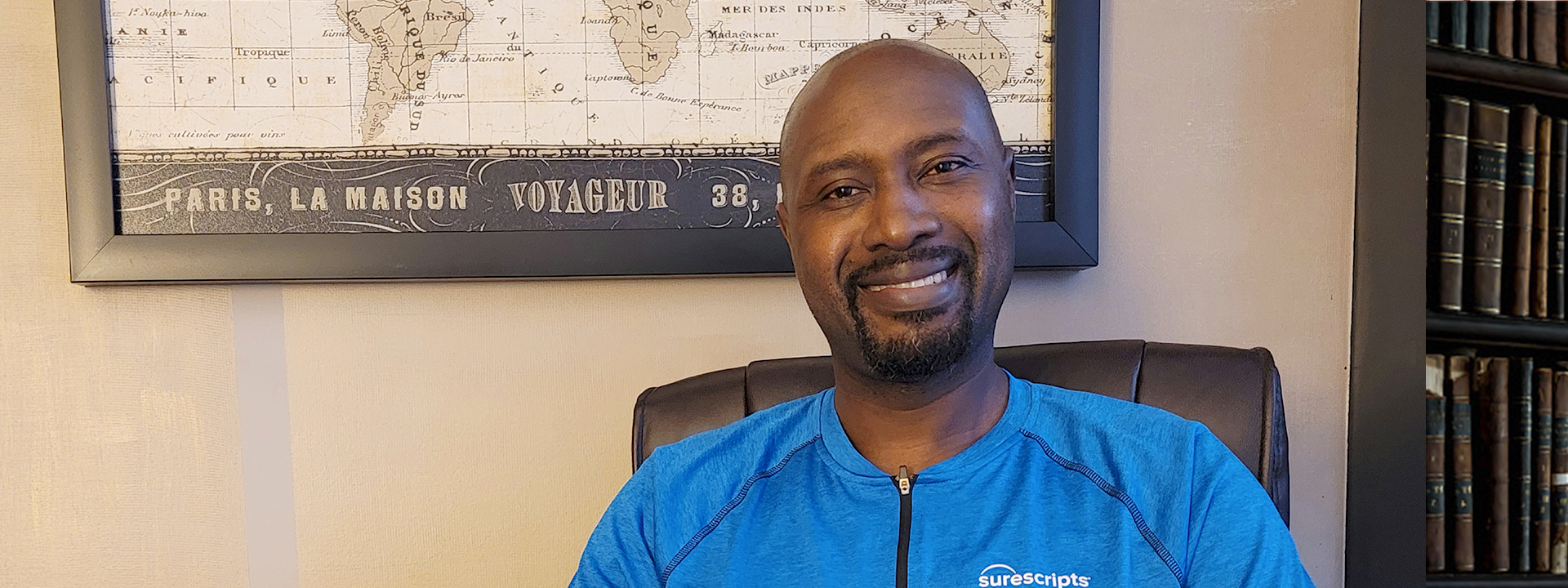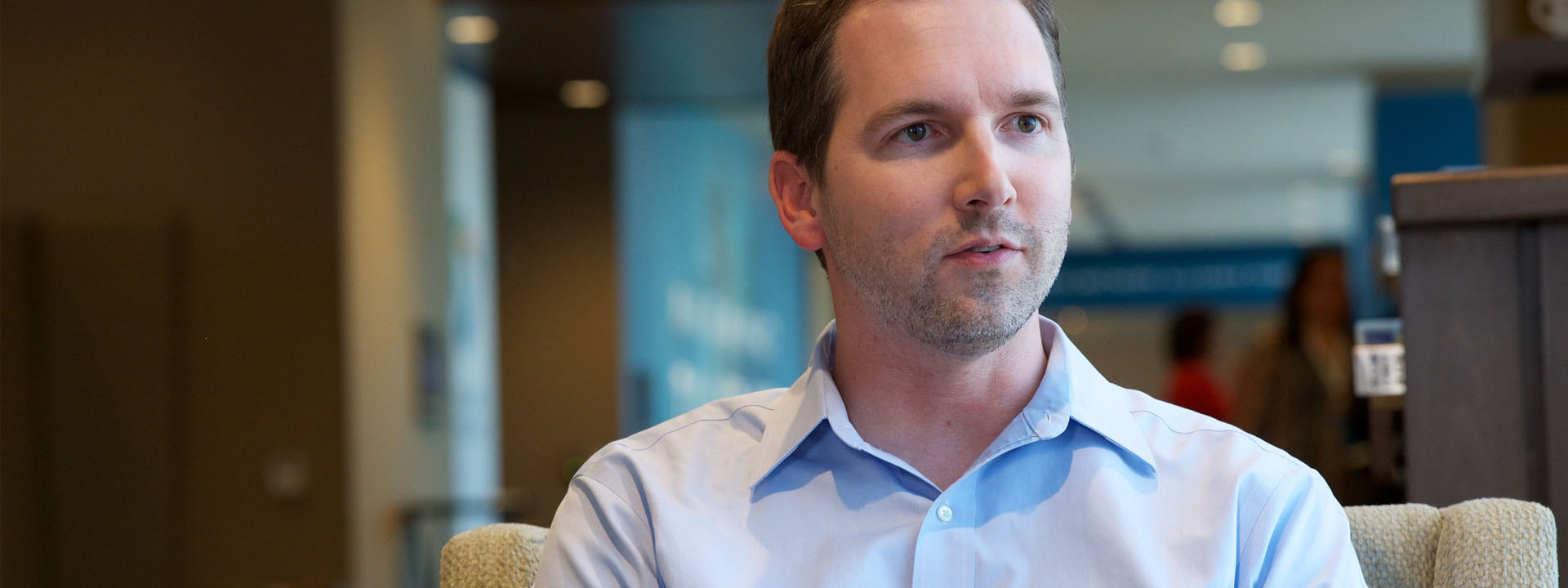If you’ve been prescribed a specialty medication, or care for someone who has, the story is a familiar one: the journey from prescribing to fulfillment is riddled with antiquated processes that leave many guessing just how and when the prescription will be ready—and at what price. But existing technologies are beginning to streamline the process and there’s plenty of room for continued innovation.
The number of novel Food and Drug Administration (FDA) drug approvals could approach a record high in 2021, topping the record set in 2020 with 53 new approvals. According to CVSHealth, specialty medications account for 75% of the approximately 7,000 drugs in development. Meanwhile, the Centers for Disease Control and Prevention reports that four in 10 adults have two or more chronic conditions, increasing pressure on an inefficient system that struggles to get seriously ill patients on therapy quickly.
“The innovations coming out of the life sciences are simply amazing,” said Andrew Mellin, M.D., and Surescripts Vice President and Chief Medical Information Officer. “Diseases that were incurable when I was training in internal medicine, like hepatitis C, are now curable. At the same time, though, the specialty medications journey is the most complicated, convoluted and complex process I have ever studied.”
The Disconnect
With the average specialty medication costing $79,000 a year—compounded by the concurrent specialty population growth—health plans must try to manage this spend efficiently, predicted to top $500 billion last year. Prescribing and reporting requirements are complex and involve inputs from a plethora of players: health plans, hubs, specialty pharmacists and providers, as well as patients. And outdated, manual processes pervade the specialty space, which means timely access to information is often lacking to keep prescriptions moving.
A 2019 American Medical Association study reported that specialty providers spend 15 hours a week on prior authorization requests. According to two Surescripts surveys, nearly 40% of prescribers reported a two-week wait to get the average patient started on a new specialty drug. Nearly 70% of specialty pharmacists said that administrative tasks interfere with providing patient care, and 39% reported needing to reach out to clinicians at least five times a day for more information.
“The current data sharing system is fragmented and disconnected, with clinical data trapped across silos,” said Joel Helle, Vice President of Physician Services at CVS Specialty.
The disconnect negatively impacts every stakeholder—each with their own information requirements and often using different tech platforms—but most especially patients, who may experience a potentially life-altering delay in care.
Avoiding Black Holes by Going Digital
Brian Bamberger’s dermatologist has five people on staff just dedicated to processing prior authorizations. “It’s mind boggling,” he said.
Bamberger isn’t just an unusually informed patient, he’s the Practice Lead in Life Sciences at Point-of-Care Partners, and a 25-year veteran of the pharmaceutical industry. He knows the specialty medication space intimately, which, like Helle, he characterizes as full of “glaring gaps”.
Payers are doing a better job of assessing the need for a prior authorization through real-time benefit information, said Bamberger, but automating the prior authorization process as well as standardizing and automating the question set between payers and providers is key. “HL7, a standards organization, has a good start in the DaVinci Project, but the pace needs to quicken to address the needs of patients and providers today.”
Jeffrey Spafford, President and Chief Executive Officer at AssistRx, a specialty hub, is of like mind. We are witnessing an industry going through a much-needed transformation, he said.
One of the biggest frustrations he hears from providers is lack of visibility. They complete a specialty enrollment form and fax it into a specialty hub, and it goes into a black hole, he said. And they don’t even know if their patient has begun therapy.
“The goal of our platform is to provide complete visibility into the patient’s status, where they’re at in the process and the barriers they’re facing, and to have that bi-directional communication between the various stakeholders so we can be much more proactive in getting that patient on therapy.”
To that end, they’ve invested in more than 50 integrations with various partners and have made their solutions modular, “so we have the ability to embed our technology solutions with a partner like Surescripts and their products, or directly into a provider’s EHR, or standing up a patient portal,” said Spafford.
He reflected on the benefits of leaving the analog world behind. In a tech-enabled world, you can leverage electronic patient enrollment, which helps augment and validate a patient’s benefits, he shared. You can “quick start” or electronically triage a prescription directly to a specialty pharmacy, or if need be, complete a prior authorization electronically.
And moving from a resource-heavy, time-intensive manual system to digital pays clear dividends, he said, “as studies show that the longer it takes a patient to get on therapy, the more likely they are never to initiate therapy or at least abandon the prescription.” Spafford reports of reducing a patient’s quick start from seven days to 48 hours and halving the time from written prescription to fill from two weeks to seven days.
Don’t Forget the Patient
Sometimes the patients don’t even know what the barrier is, said Steffany Stern, Associate Vice President of Advocacy and Policy at the National Multiple Sclerosis Society.
“We need to streamline communications between the stakeholders, rather than the burden being on the patient to individually call and connect with the specialty pharmacy and physician and health plan and the hub to understand the delay,” she said.
Stern added that technology designed with the patient experience in mind is critical, especially to help them understand utilization requirements and out-of-pocket costs at every point in the process.
Spafford agrees.
“We all know that technology can help improve the process, but we also need to be mindful about how information is delivered and presented,” he said. “The industry needs to really align on a patient-first mentality in order to understand their needs and develop that highly customizable, personal approach to helping them achieve successful outcomes.”
At Surescripts we’re committed to disrupting these outdated models that add friction and delay to specialty medication prescribing and fulfillment. Our proven technologies and two decades of network-building expertise equip us to mobilize all sides of the healthcare market around solutions that improve the specialty medication process.
And as the specialty medication market continues to grow, and experiences attendant “aches and pains”, we’ll continue to investigate and innovate around persistent gaps and stubborn pain points, tapping the expertise and real-world experience of care providers and payers, specialty pharmacies and hubs, as well as the life sciences and patients.
No matter the patient journey, Surescripts and our Network Alliance participants share a common goal: to lift all participants on the journey through continued collaboration, which promises to improve everyone’s experience.


 Dean Riggott Photography
Surescripts
Dean Riggott Photography
Surescripts


